After construction in 1880 the "Pegasus" visited many remote parts of the world documenting and recording wildlife and natural habitats as well as native cultures and customs.
Since that time many species have become extinct, enormous population growth has seen the loss of a great deal of natural habitat, while commercialism and consumerism have resulted in the disappearance of many traditional cultures.
Krakatoa
In 1883 Pegasus visited Java in the Dutch East Indies (today Indonesia) to witness the devastating explosive eruption of the Krakatoa volcano.
The series of massive explosions over 26–27 August 1883, which were among the most violent volcanic events in recorded history. According to the official records of the Dutch East Indies colony, 165 villages and towns were destroyed near Krakatoa, and 132
were seriously damaged. At least 36,417 people died, and many more
thousands were injured. The explosion was heard thousands of miles away, while the clouds of volcanic ash caused a mini-cooling of the earth.
Tremendous tsunamis wiped out villages along the coasts of Java and Sumatra:
Sibera
Pegasus and crew spent several summer months in Siberia exploring for the frozen remains of
Woolly Mammoths:
Woolly Mammoths in Siberia were wiped out in a blitzgrieg extinction some 4,000 years ago. The once-temperate area was snap-frozen in an as yet explained event. Entire herds of beasts were frozen in their tracks. Mammoth steaks were served on the goldfields of Alaska. The stomaches of the animals contained their last meals - buttercups and other flowers.
 |
| Doctor Findlay with Mammoth tusks |
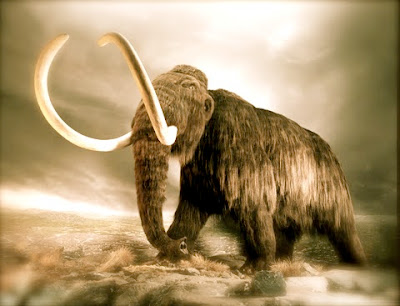 |
| Mammoth dug from the ice |
 |
| Mammoth tusks sold in London to help finance the expedition |
The Lost City of Mohenjo-daro
While crossing the Indian sub-continent en-route to East Asia and the pacific, Pegasus visited the recently discovered lost city of Mohenjo-daro in the Sind (now SE Pakistan)
 |
| Reconstruction of Mohenjo-daro |
 |
| Map of part of the city |
 |
| Pegasus archivist Anita Mookerjee outside the Mohenjo-daro library |
The library of this vast metropolis still contained many books and paintings, several of each were collected for the Pegasus archives. Amongst them were some abstract Tantra artworks:
Mohenjo-daro was built in the 26th century BCE
. It was one of the largest cities of the ancient Indus Valley Civilization. At
its height, the Indus Civilization spanned much of what is now Pakistan
and North India. Mohenjo-daro was the most advanced city of its time, with remarkably sophisticated civil engineering and urban planning.
When the Indus civilization went into sudden decline around 1900 BCE, Mohenjo-daro was mysteriously abandoned.
The site was lost to history, before being rediscovered in 1920 by RD Banerji an officer of the Archeological Survey of India .
The lost city of Nan Madol in Micronesia:
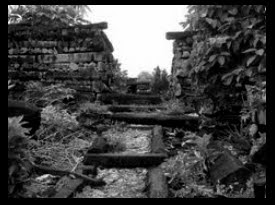

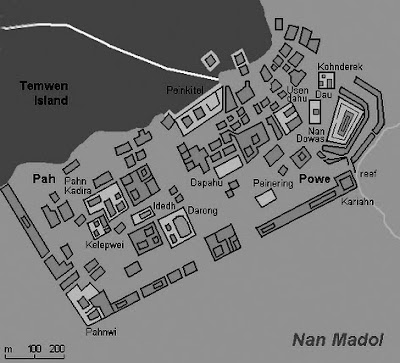
LA BREA TAR PITS
After launching, Pegasus flew west over the Atlantic Ocean to America - where in Los Angeles, on the West Coast, a son of legendary early American explorer and frontiersman Jedediah Smith guided Pegasus to the La Brea tar pits which it is believed his father visited on his 1826 visit to California.
 |
| Pegasus over the La Brea tar pits |
Oil wells are numerous in this area, as petroleum deposits lie close to the surface. At La Brea a group of tar pits cover some 23 acres. Tar (bitumen, pitch, asphaltum) is an extremely thick, sticky, black substance - a kind of liquefied coal.
At La Brea tar (brea in Spanish) has seeped up from the ground in this area for tens of thousands of years, forming large ponds into which animals fell, became trapped, and died. Predators would enter to eat the trapped animals and would also become stuck. As the bones of a dead animal sink, the asphalt soaks into them, turning them dark-brown or black in color. Over many centuries the thick tar preserved the bones of trapped animals, including saber-toothed cats, mammoths, dire wolves, bison, horses, and American lions.
Radiometric dating of preserved wood and bones has given an age of 38,000 years for the oldest known material from the La Brea pits.
 |
| Trapped mammoth |
Today the George C. Page Museum is dedicated to researching the tar pits and displaying specimens from the animals that died there. Over 750,000 specimens have been extracted from some 96 sites
On the grounds of the park are life-sized models of prehistoric animals in or near the tar pits.
 |
| The museum today |
NEW GUINEA
On the trail of early Egyptian forays into the Pacific, Pegasus visited Papua New Guinea - where tribal elders are mummified after death:
















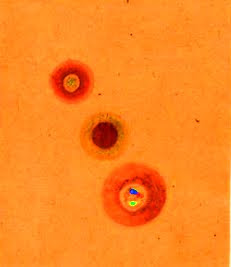





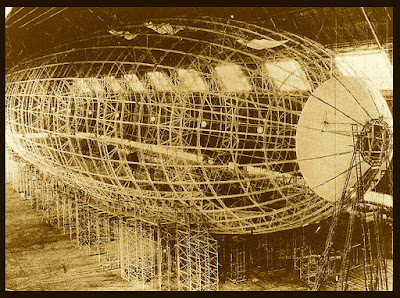
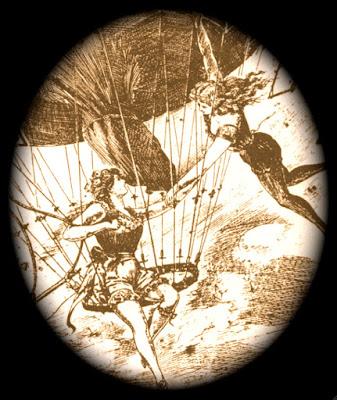

Comments
Post a Comment